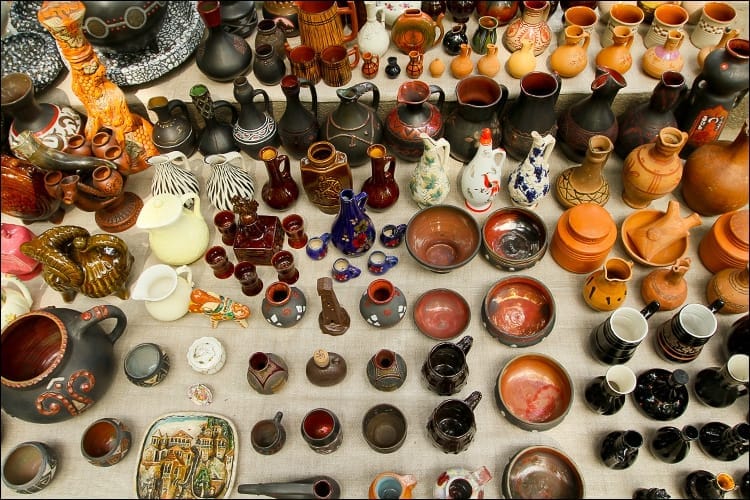Georgia is one of the most popular tourist destinations. Russians visit the hospitable Caucasian country all year round. Although most of the time is usually spent on excursions, there is always a moment for shopping. Some goods are worth buying at markets, others at small shops from local artisans, and for some, it’s better to go to specialized shopping centers.
Leaving empty-handed is impossible. There are too many temptations around, and it’s hard to resist. What to bring from Georgia as a gift to please yourself and your loved ones?
Cheese
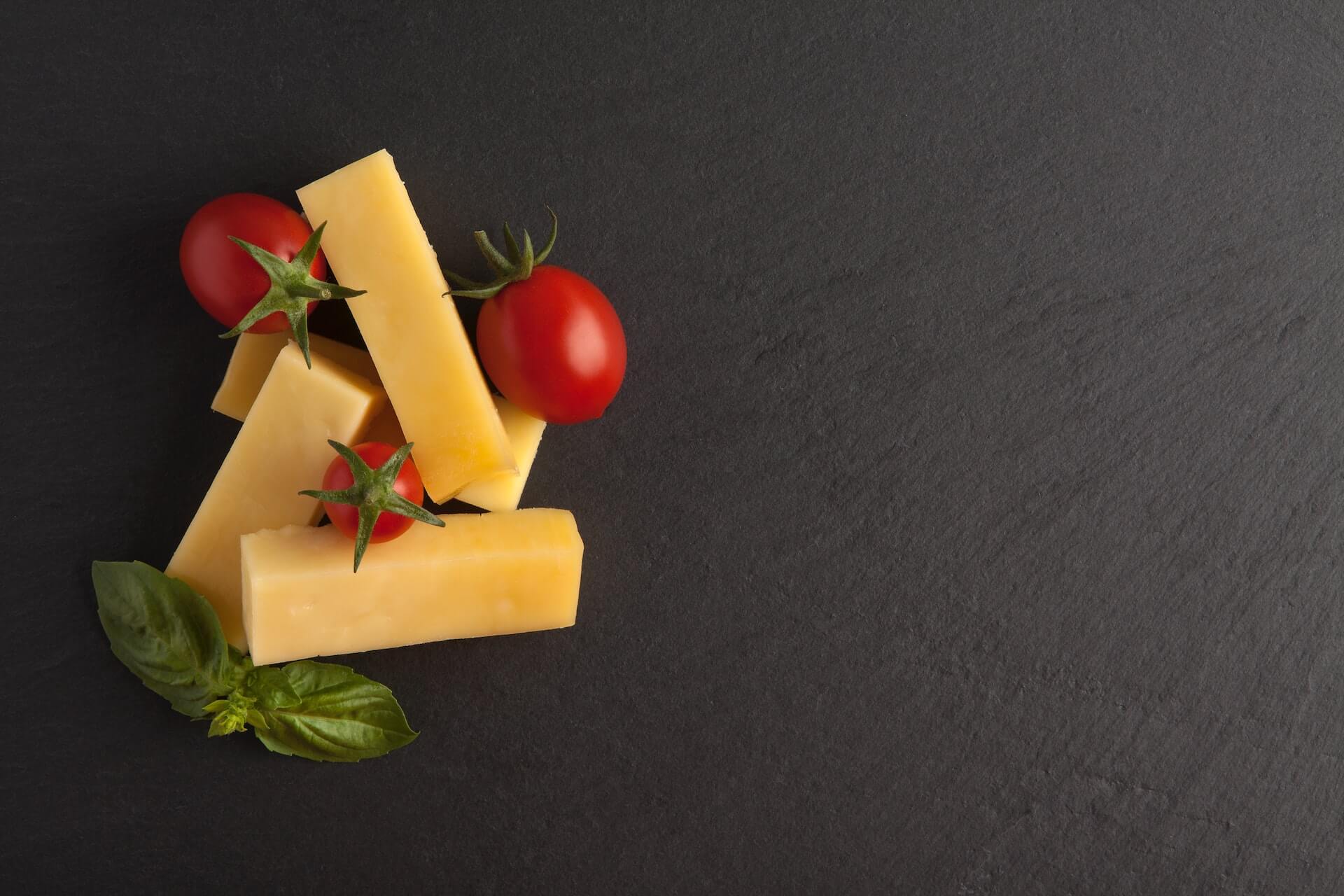
Georgia is world-famous for its cheeses (locals call them “qveli”). The history of cheese production is over 4,000 years old. However, only a few ancient recipes have survived from the Soviet era, though the variety of this product is constantly growing.
Imeretian and Sulguni cheeses are especially popular in this country. In addition to their taste qualities, they are well-suited for long-distance transportation.
Sulguni is made from sheep, cow, and goat milk. Tourists note that this type of cheese goes well with white wine. It is also added to salads, baked with potatoes, and used in pies. The smoked version of this product is also suitable for transportation.
Imeretian cheese is made from whole cow milk. Depending on the degree of saltiness, it can be stored from 1 week to several months.
One of the most expensive cheeses is dambalhacho. It is made from natural cow milk. This product is so delicious that it has been included in the UNESCO World Heritage list. Georgian cheeses are perfect as gifts for loved ones.
Adjika
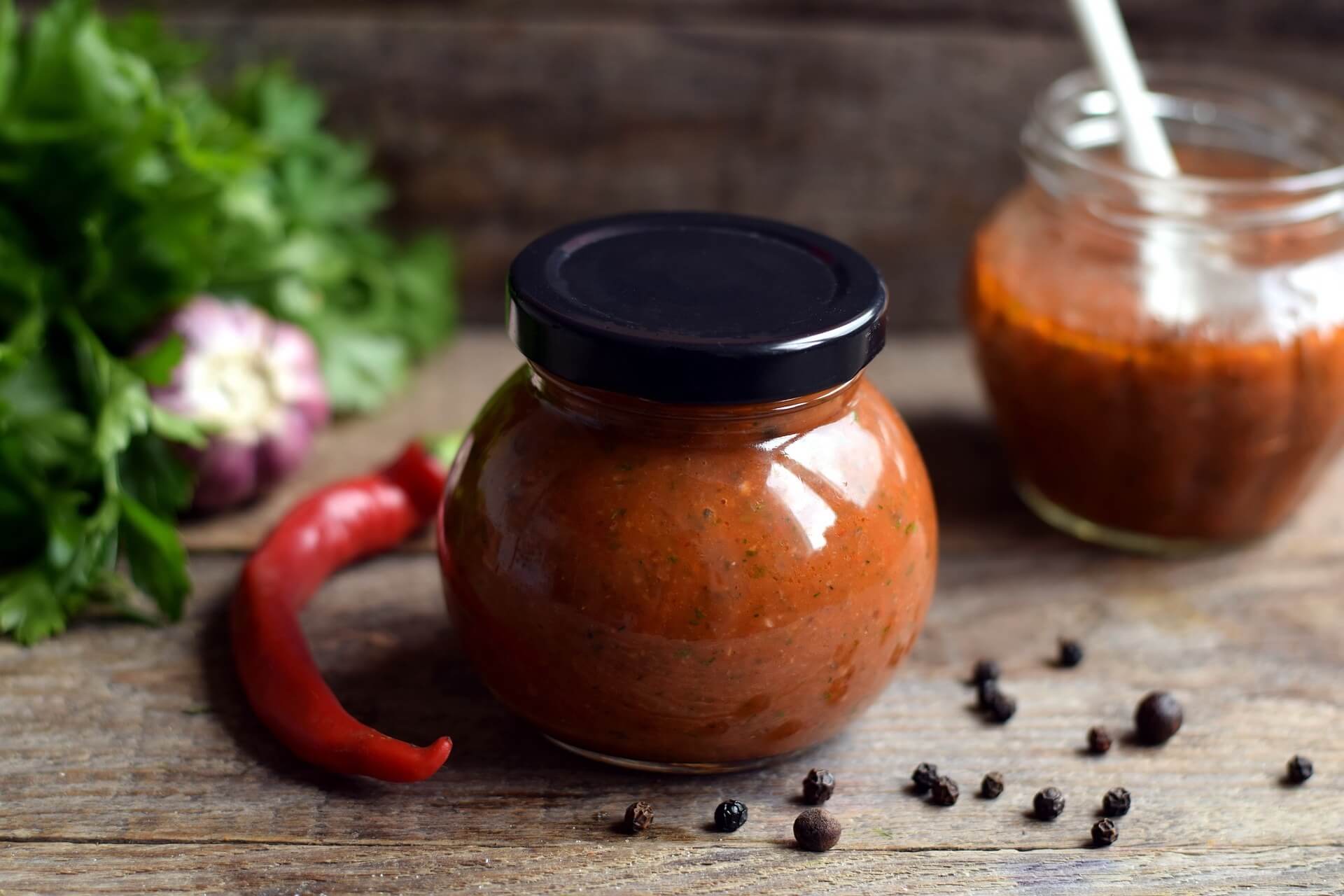
This spicy seasoning is often used by Georgians to prepare their favorite dishes. Traditionally, adjika is made from red fragrant chili pepper, salt, garlic, and various spices (coriander, khmeli-suneli, basil, cilantro, marjoram). You can buy both dry seasoning and a spicy sauce made from tomatoes.
Many note that the sauce has a bitter-sweet taste, making it perfect as a garnish for pasta, vegetables, meat, and poultry.
The seasoning mainly consists of herbs, giving it a pronounced greenish tint. Unlike the sauce, the seasoning has a sour-salty taste. It goes well with many Georgian dishes.
Dry adjika is a great gift for friends. But keep in mind that the seasoning has a strong pungent smell. Tourists recommend wrapping the purchase in several bags so that your things do not smell.
Spices
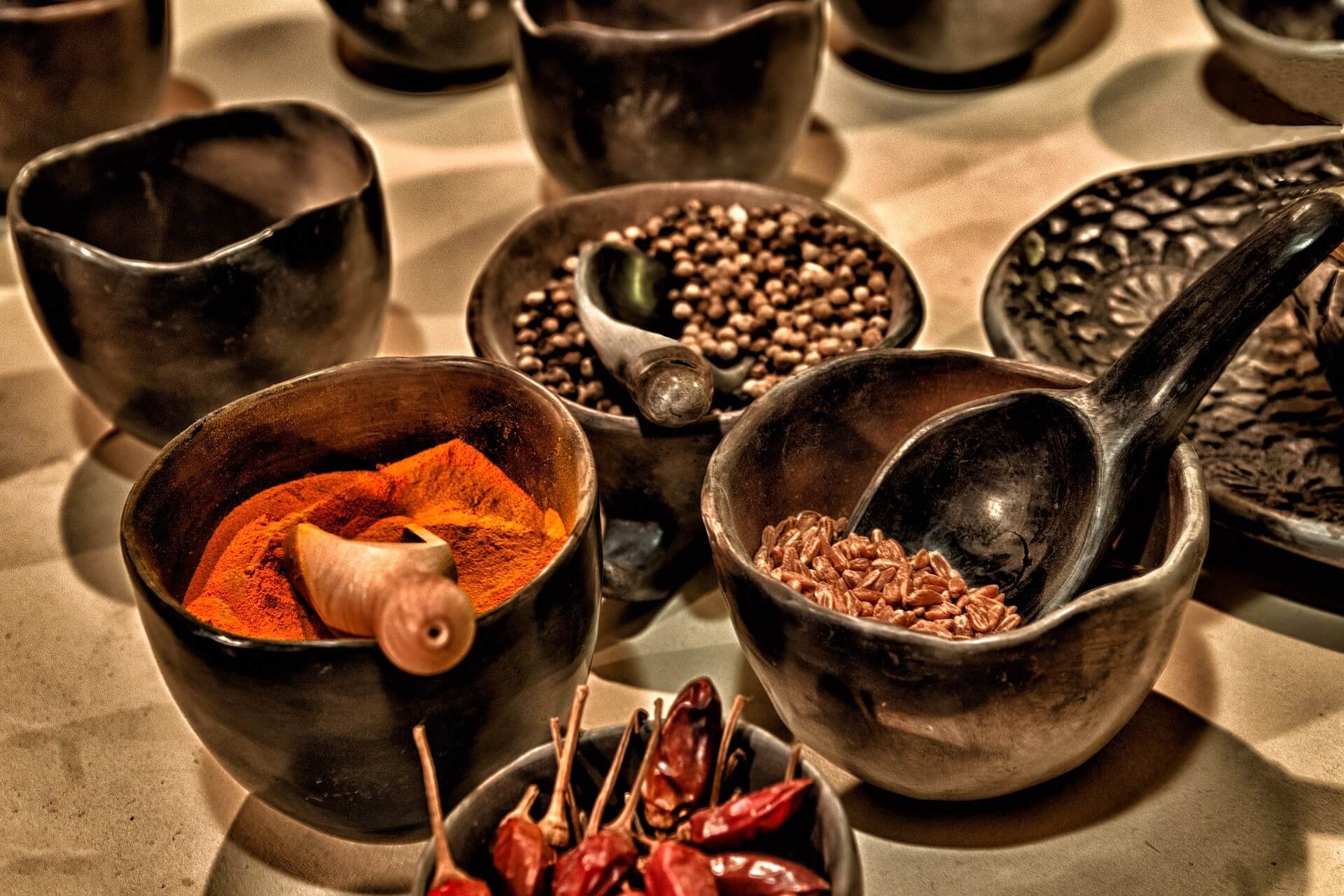
If you or your friends love Georgian cuisine, be sure to buy spices. There are many of them: both “pure” and mixed. The packaging can be very simple, or you can choose a gift option. You can buy them both at the market and in stores.
Utskho-suneli is made from blue fenugreek. All parts of the plant are used. The spice has an olive color, an unusual smell, and, in addition to aroma, gives dishes a slight bitterness. Many dishes are cooked with it – from lobio to satsivi, and it is added to sauces.
Khmeli-suneli is a familiar seasoning, but it may seem more aromatic in Georgia than in Russia.
It consists of utskho-suneli and various dried herbs. The proportions can vary, so the taste of khmeli-suneli from different vendors can differ; try it before buying. Then boldly add the seasoning to kharcho and chakhokhbili. It will also enhance the taste of familiar soups and main dishes.
Imeretian saffron is made from marigold petals and is used to season vegetable, meat, and bean dishes, and is often included in various sauces. The seasoning is inexpensive, so you can stock up on it.
Wine vinegar is widely used in Georgian cuisine; you can buy red, white, or both. The taste is quite sour, so add it to dishes sparingly. Georgians dress salads with vinegar and use it in preparing national dishes.
Churchkhela
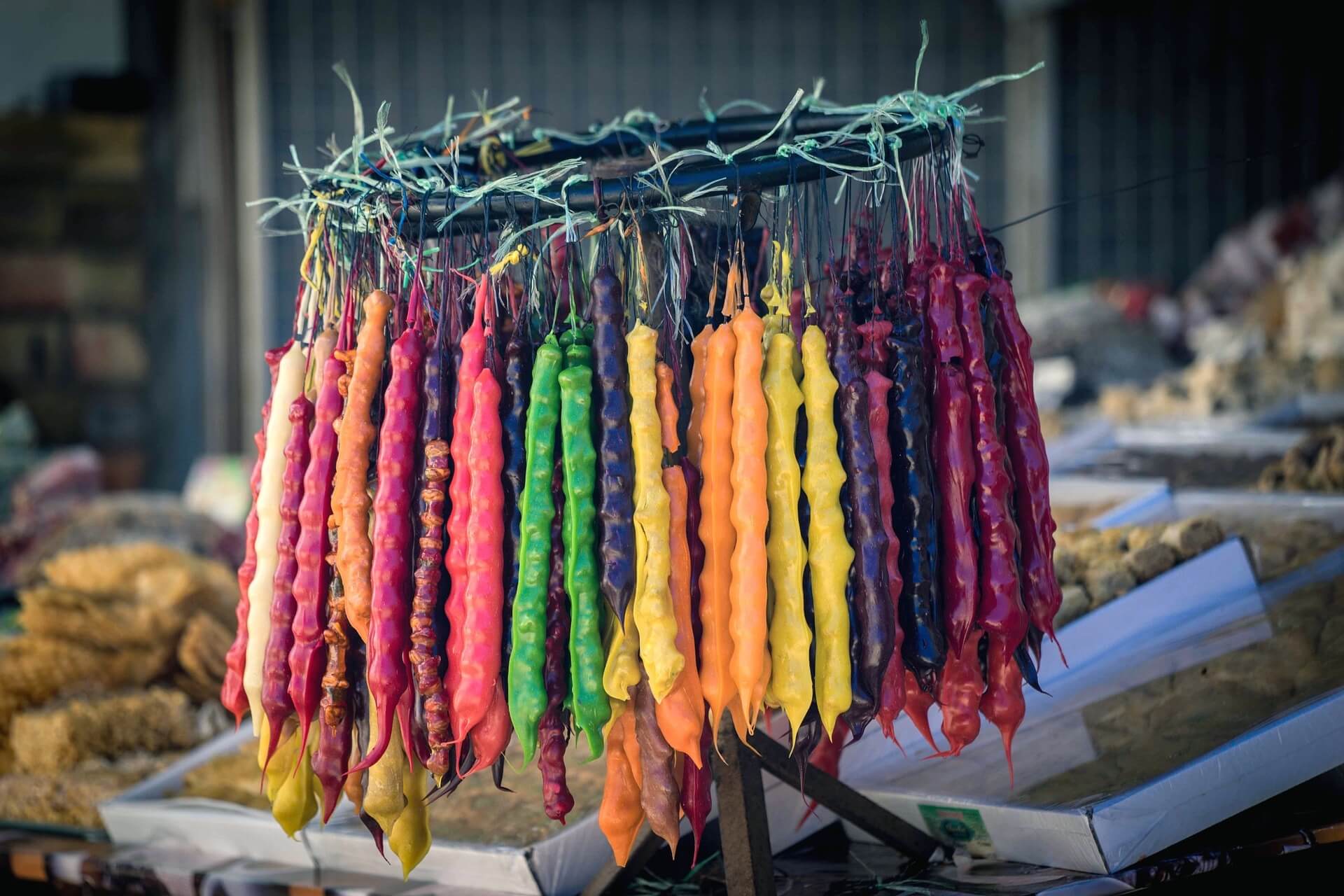
Churchkhela strings hang in traders’ shops; you will find this dessert in stores and markets. There are dozens of options – manufacturers use different types of nuts and solidified fruit juices.
Churchkhela was prepared as a provision for travelers and warriors; this hearty food often helped those defending a besieged fortress. In peacetime, it is a favorite dessert of many residents.
In Tbilisi, there is even a boutique called Badagi, where they sell churchkhela. Here you can taste different types, and you will wash down the sweetness with good wine. But you can also find “your vendor” in some shop on the outskirts; it’s possible that you will like their churchkhela the most.
Churchkhela is called the “Georgian Snickers.” Most often, grape juice is mixed with flour and sugar, and nuts strung on threads are dipped into this mass, repeating the procedure until a “candy” is formed. Usually, walnuts or hazelnuts are used.
Svanetian Salt
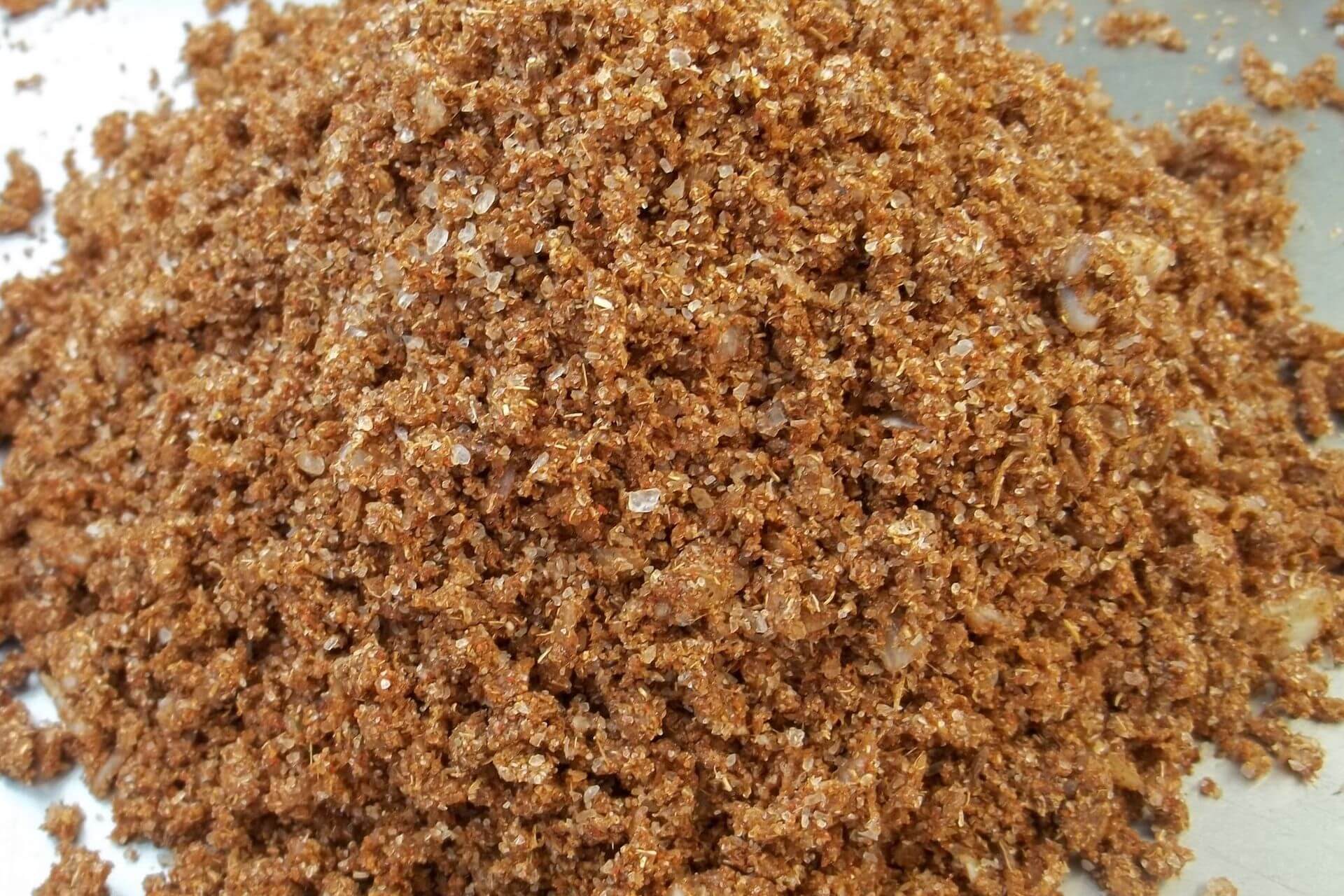
You can stock up on Svanetian salt, which serves as an excellent seasoning. It was first made in Svaneti from local herbs. Salty spicy taste and medium spiciness – this is how it can be described.
The composition is approximately as follows: medium or coarse salt, garlic, utskho-suneli, cumin, pepper, saffron, etc. There are variations – because in families, the recipe is often passed down from generation to generation. Therefore, when buying, you can try the salt from several vendors and choose the one you like best.
Kakhetian Oil
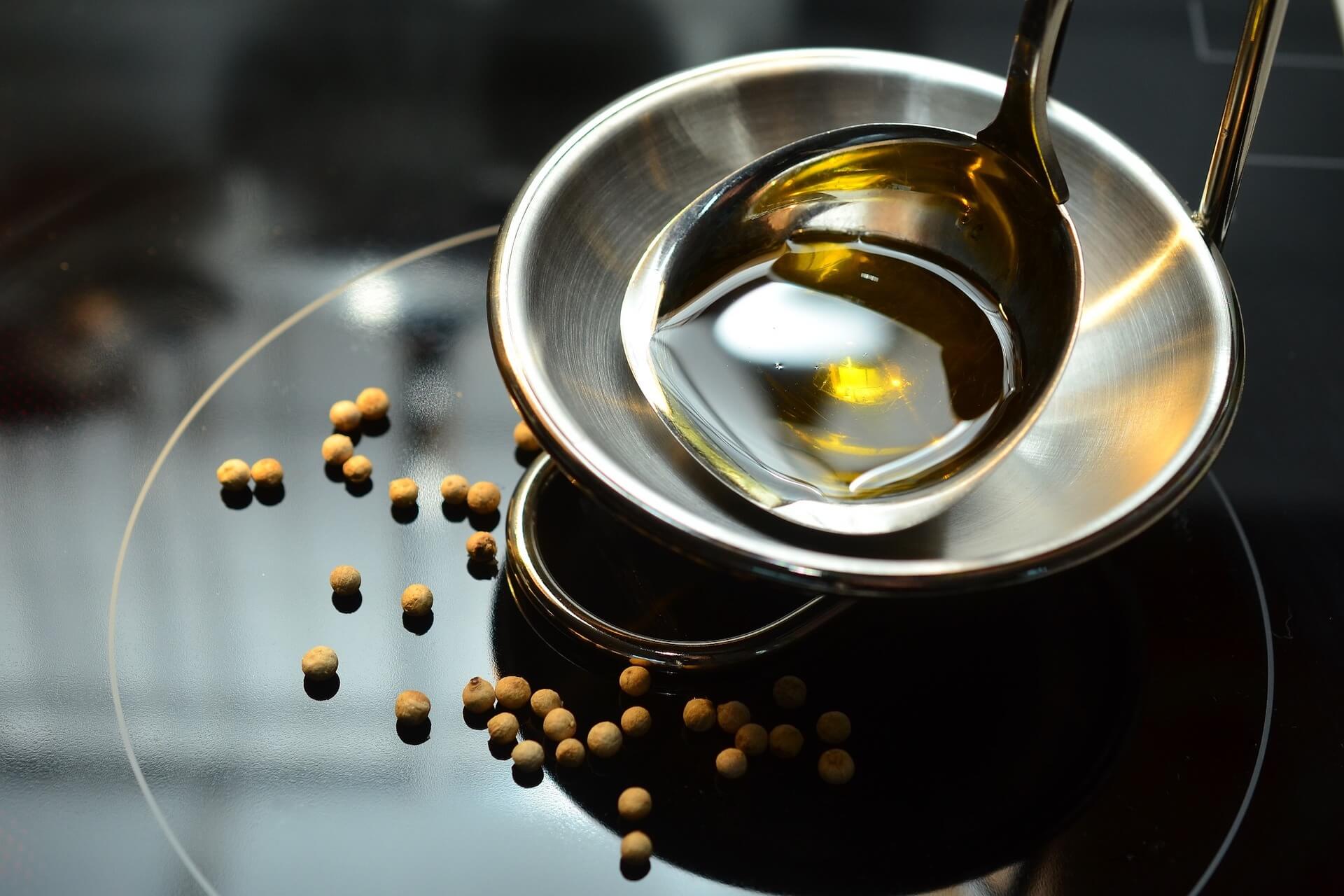
It is best to go to the market for it. It is made from sunflower seeds grown in Kakheti using the cold-pressing method. The oil has a rather dark color and a very rich aroma. It is not recommended to fry with it; it is mainly used for dressing salads.
Kakhetian oil is ideal for a Georgian salad. It is made in two versions – chopped cucumbers and tomatoes are added with onions or greens instead of onions. And as seasonings, in addition to oil, Svanetian salt and crushed walnuts are added.
Another simple salad to prepare is boiled potatoes mixed with finely chopped garlic, dill, and Kakhetian oil.
Vegetables are drizzled with oil before serving – this gives them a special taste. Finally, Kakhetian oil is eaten simply by sprinkling it with Svanetian salt and dipping pieces of bread into it.
Jonjoli
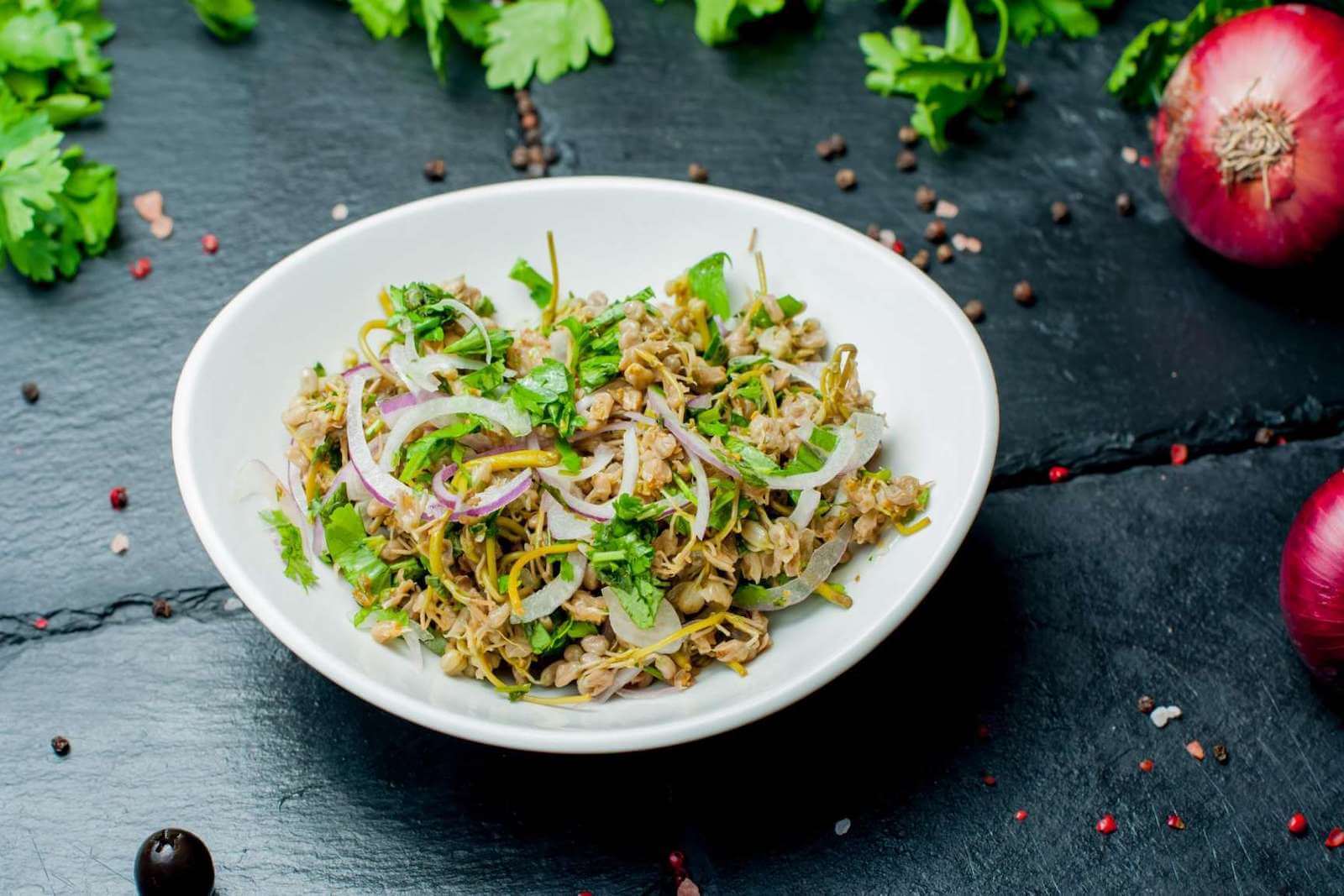
This is a shrub also known as Colchis bladdernut. Russians can see it in Asia, Crimea, and the Caucasus. This plant is very beneficial for humans; it contains many vitamins and minerals, helps strengthen memory, normalize digestion, and improve the cardiovascular system. Toxins are removed faster, and muscle pain is reduced.
Jonjoli is used to make a very tasty pickle, which is often served as a cold appetizer. In April, Georgian women collect the flower buds of the bladdernut and salt them according to various recipes. It is worth buying pickled jonjoli at the market.
Before serving, the inflorescences are slightly squeezed, onions are added, and they are drizzled with oil. It’s impossible to describe their taste exactly, but they resemble capers somewhat. A unique food “souvenir,” a real exotic.
Baklava
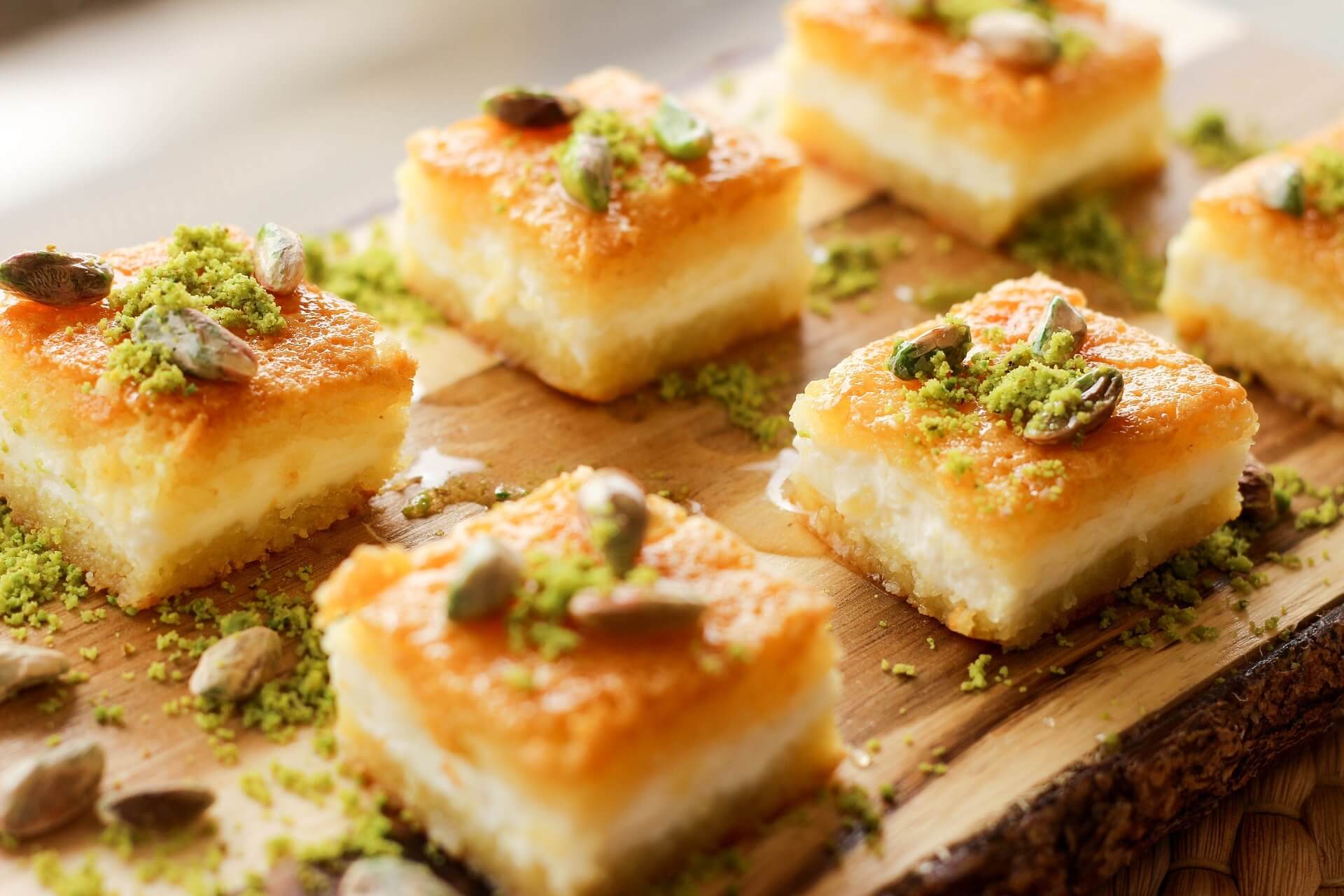
Every traveler, touring the cities of Georgia, tries to buy local sweets for themselves and their friends. For example, Georgian baklava is in high demand. Tourists from Russia claim that this delicacy is especially delicious here and cannot be compared to any store-bought equivalent.
The “capital” of Georgian sweets is rightfully called the city of Batumi. Here you will find the famous “House of Baklava,” where you can choose the most delicious options of this dish. Every buyer tries to take several different types (about 5 or 6) of Eastern sweets on the road as gifts for their loved ones, friends, and acquaintances.
Those who buy several items at once are given a box from which, thanks to special film, not a single drop of honey will seep into the bag. In addition to baklava, they sell the most delicate pastries and melting-in-the-mouth kada.
This pastry dish is traditionally made with cardamom, nuts, cinnamon, honey, and other various spices. Of course, you can prepare the sweetness yourself, but even homemade baklava doesn’t always turn out as tasty as in the Caucasus.
Fig Jam
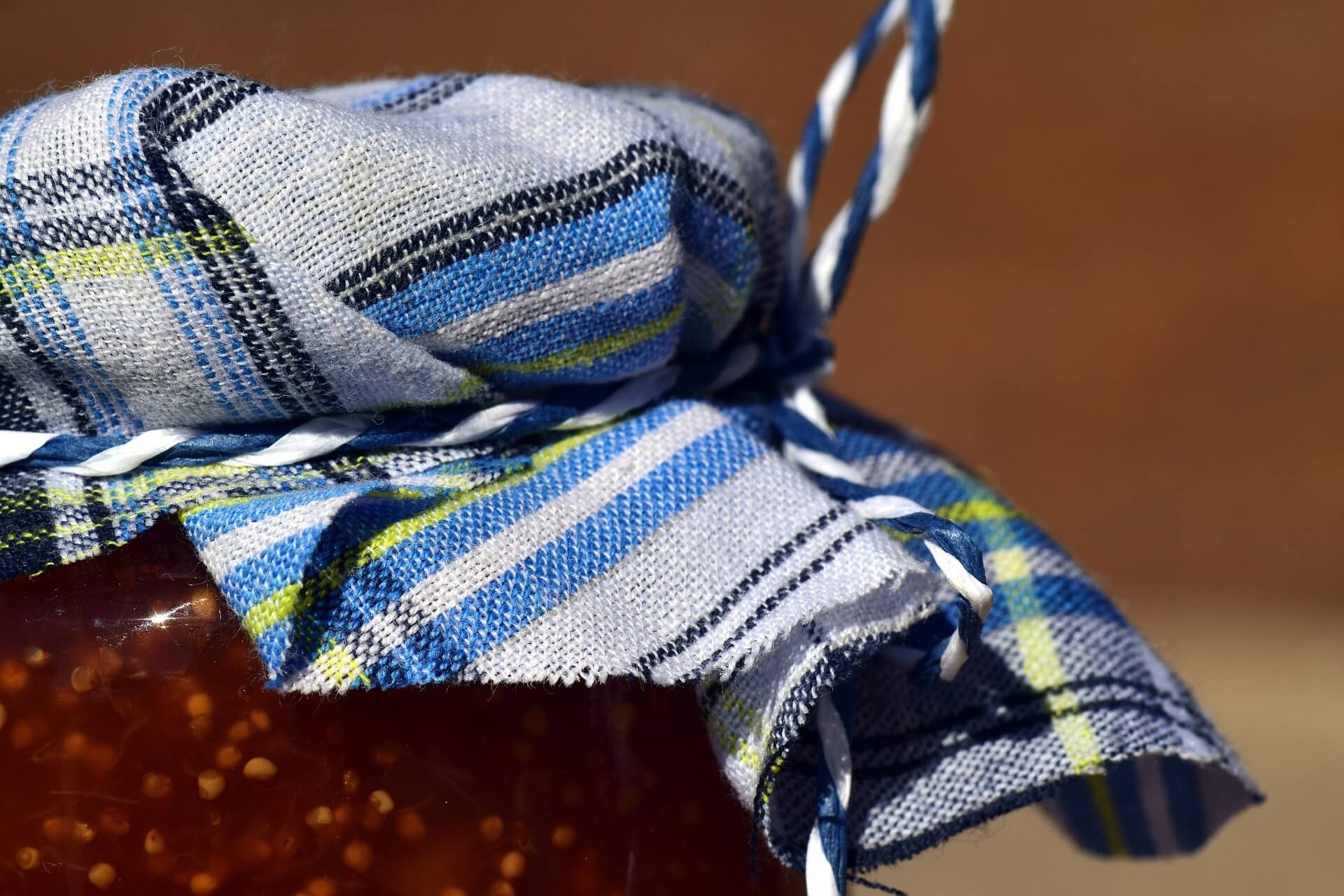
Another useful and simultaneously tasty souvenir can be fig jam. It is often added to various confectionery and baked goods: pastries, cakes, pies, buns, etc.
This is not only a tasty but also a very useful product. Even after heat treatment, the jam retains many useful and nutritious substances: vitamins A, B, C, E, minerals, dietary fibers, etc. However, those who watch their figure should be careful not to eat this delicacy in large quantities – although it contains almost no proteins and fats, it is rich in carbohydrates.
As they say, a little of the good stuff. A small amount of figs helps strengthen the body, supplying it with micro and macro elements.
Figs are sold in large quantities and at an affordable price, so you can easily make jam yourself. Keep in mind that before cooking, you must remove the skin from the figs, as it can give the product an unwanted bitterness, and it’s also worth pricking the fruit all over with a fork.
When the jam is at the final stage of cooking, you need to add citric acid to ensure it can be stored for many years. Many Georgian housewives add cloves, honey, nuts, and various spices – everyone chooses to their taste.
Chestnut Honey
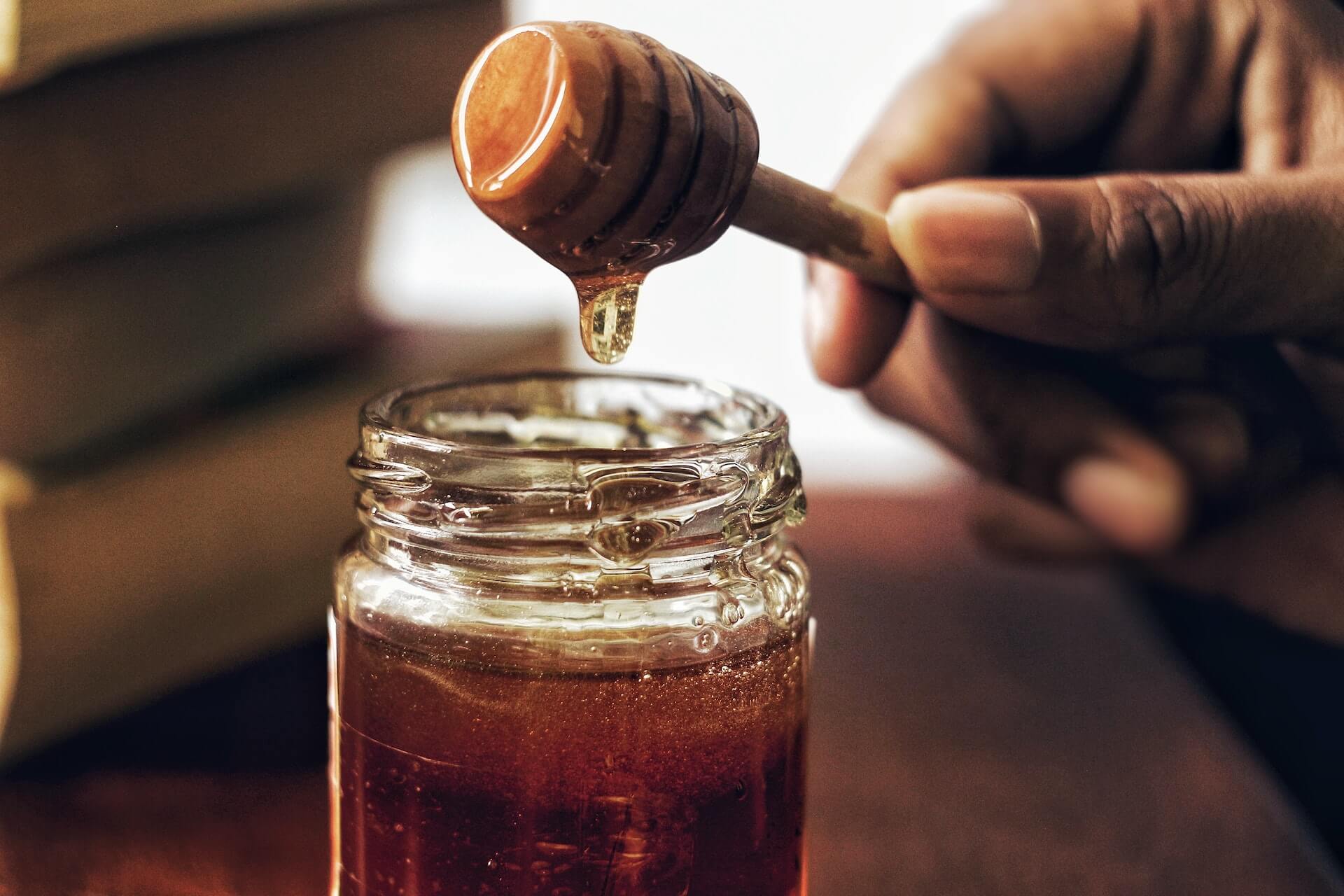
The rarest and therefore most valuable sweetness is chestnut honey. It is very difficult to obtain it in its pure form. The chestnut blooms only once a year – in spring. Locals especially value two types of chestnuts – noble and horse chestnut.
From the first, they make honey with a darker color range – from scarlet and chocolate to light brown. Its peculiarity is that it practically does not crystallize with proper storage. If, after tasting the delicacy, you feel a slight pleasant bitterness, it means you have found the right honey.
The second type – horse chestnut honey – is lighter, resembling amber, and also has bitterness. Of course, this type is inferior to its “competitor” in taste and is more prone to crystallization, i.e., sugaring.
Despite the differences, both types of honey are very beneficial for the body, rich in vitamins A, B, C, D, PP, minerals, and acids. Of course, chestnut honey contains a lot of carbohydrates, so it should not be consumed in large quantities. However, due to its low glucose content, the delicacy is even allowed for people with diabetes.
Tklapi
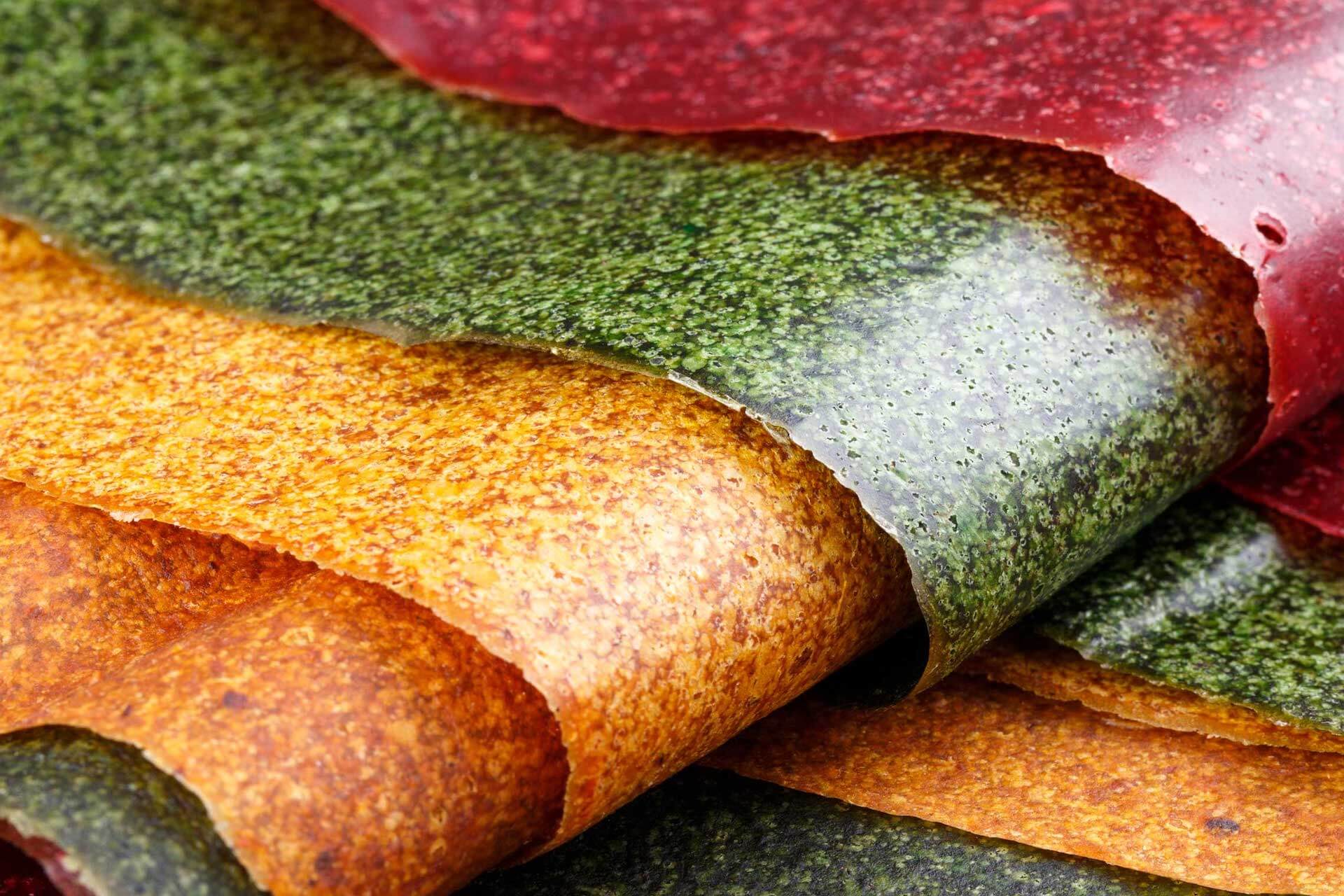
Those who love pastila will like its Georgian version – tklapi. The dish is made from fresh, selected fruits – cherry plums, plums, etc. Like pastila, the sweetness is quite thin (no more than 3 mm).
In stores, you usually find rolls of bright red, pink, orange, and green colors. Tklapi has a sour-sweet taste, not cloying at all. Locals call it “sour lavash.”
It is often used in making desserts, and along with jams and pickles, tklapi is one of the types of homemade preparations. What makes this dish different from pastila? The answer is simple: tklapi has a more pronounced sour taste.
Making this dish at home is quite simple. First, you need to remove the seeds from the berries, then pour a small amount of water over them. The berries need to be simmered on low heat, constantly monitoring them to prevent burning.
The resulting mass needs to be strained through a sieve and then placed in the refrigerator. After the puree has cooled, it is spread on a wooden board moistened with water and dried in the sun for a week or placed in the oven for half a day. The result is a tasty homemade sweet that is no worse than the store-bought version.
Fruits and Berries

One of the best souvenirs is fruits and berries. Of course, their cost will change depending on the season in which you buy the product, as well as the city where you are staying.
For example, local figs are cheapest to buy in the capital, but if you love good grapes, it’s better to buy them in cities far from Tbilisi. But wherever you are, it is best to buy fruits and berries at the market. There you will be able to find products at a good price, bargain, and choose the best and freshest items.
Popular fruits and berries include jujube, quince, cherry plum, pomegranate, feijoa, grapes, medlar, mulberry, and many others.
Nuts
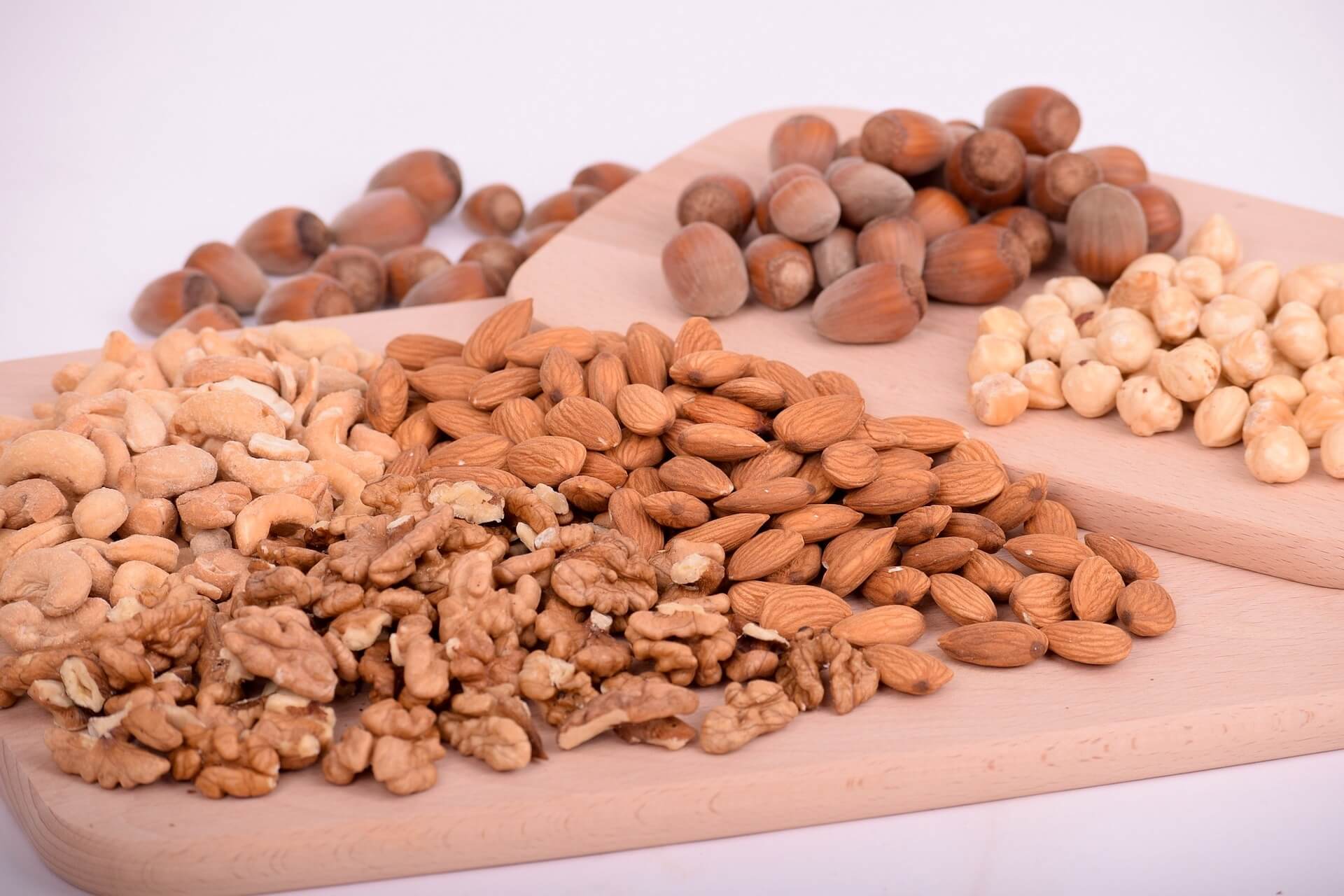
It is highly recommended to bring nuts. First, there is a huge selection. Second, prices are much lower than in Russia. Third, when you return, you will likely want to cook your favorite Georgian dishes at home. And the cuisine of this country cannot be imagined without the use of nuts.
They are added to meat and fish dishes, chicken and vegetables, sauces and seasonings are made with them, nuts are included in soups and sweets. For example, kozinaki are honeyed nuts, a confectionery product resembling a flat candy.
Eggplants with nuts are very tasty and are served both cold and hot. And “nut sauces”? Their taste is a true poem. Such sauces are always served during traditional Georgian feasts.
Tea
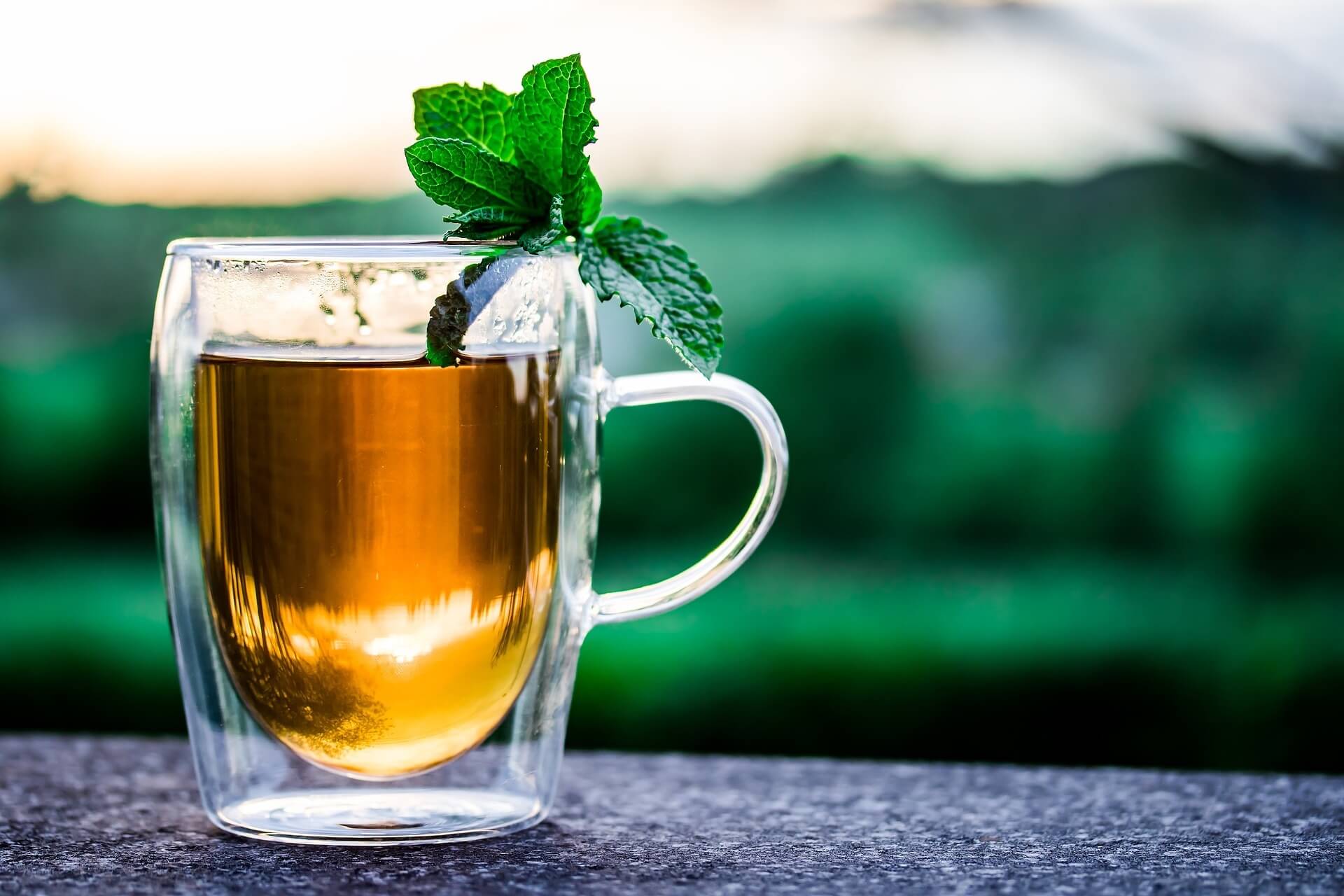
Today, Russians have undeservedly forgotten Georgian tea. But in Soviet times, it was very popular. Back in the 18th century, Empress Catherine II gave a samovar and a tea set to King Erekle II.
Over two hundred years ago, a tea bush grew in Prince Gurieli’s garden simply as one of the exotic plants. Later, tea bushes were brought from China, and since then, tea production began in the country. Initially, it was expensive, and only wealthy people could afford it.
But during Soviet times, the country became one of the main suppliers of tea, producing over 80% of the product. In the 90s, after the collapse of the Union, the situation changed.
The country was ravaged by war, markets were lost, factories closed, and tea production sharply declined. Recovery was slow. But today, there are already wonderful brands, and Russians can discover them for themselves.
For example, “Gurieli,” “Tkibuli,” and others. Fresh, high-quality, affordable Georgian tea in elegant packaging makes a great gift. It contains few tannins, giving the drink a gentle and mild taste.
Georgia is the northernmost country where tea bushes can be grown. Therefore, its taste is unique. Let it remind you of the hospitality of this generous country on a winter evening.
Borjomi Mineral Water
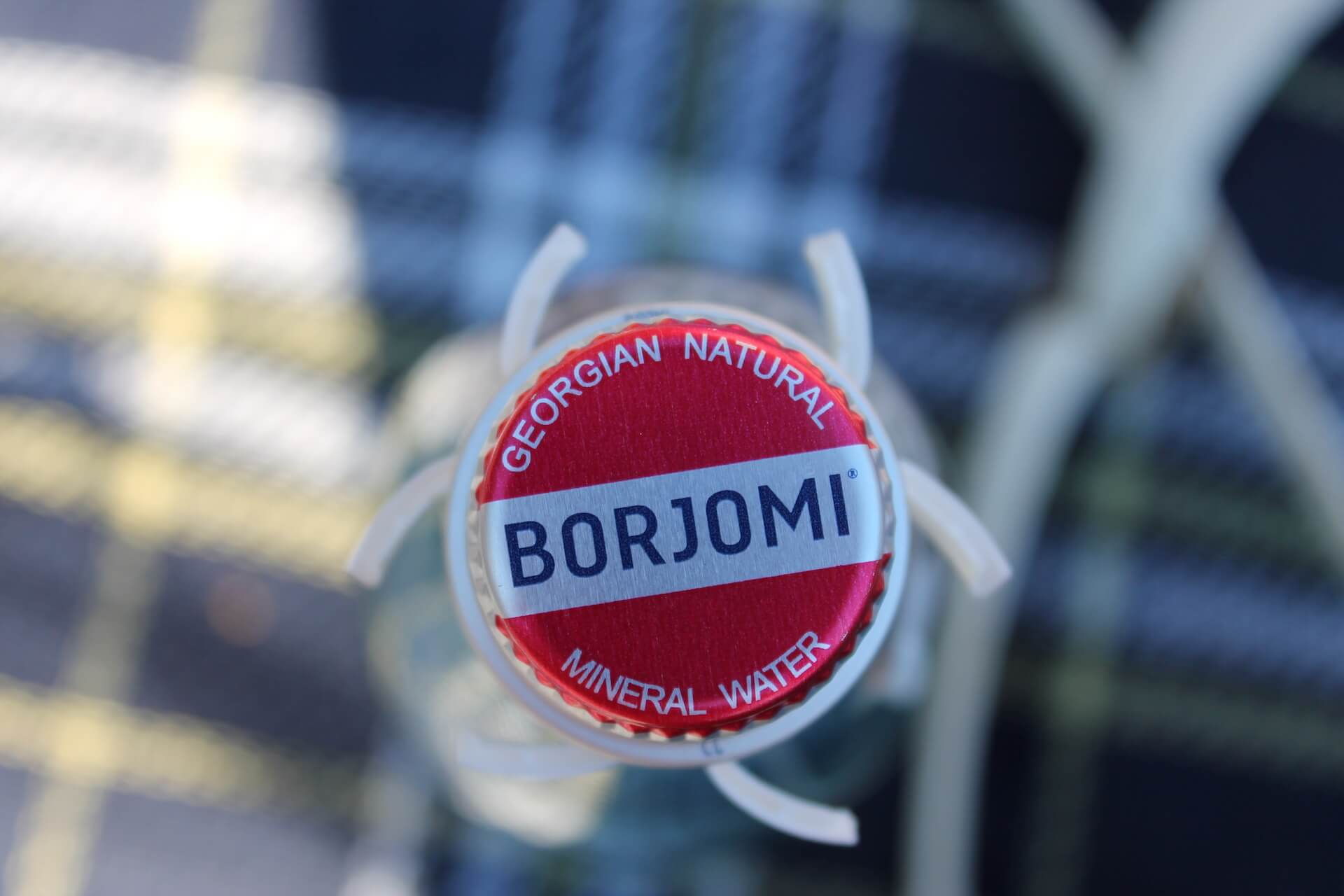
“Borjomi” is a mineral water with a long and glorious history. It is sold everywhere in Georgia, in PET, metal, and glass containers of different volumes. And it is cheaper than in Russia.
The healing water is extracted in the eponymous valley, located in a national park. The water is sodium bicarbonate, and its healing properties have been known for several hundred years.
Today, it is extracted from wells up to 1,500 meters deep. The water comes out hot directly from the source. But it retains all its beneficial properties even when bottled.
It is used to treat digestive disorders, metabolic disorders, and kidney diseases. The name is derived from two words – “war” and “fortress wall,” as many battles took place here in the past.
In the 19th-20th centuries, many famous people, including members of the royal family, came here for treatment. Another point worth noting is that the water has a pleasant taste. This sets it apart from many other mineral waters, which, although they have a therapeutic effect, have a specific taste that takes getting used to.
Vaziani Wine
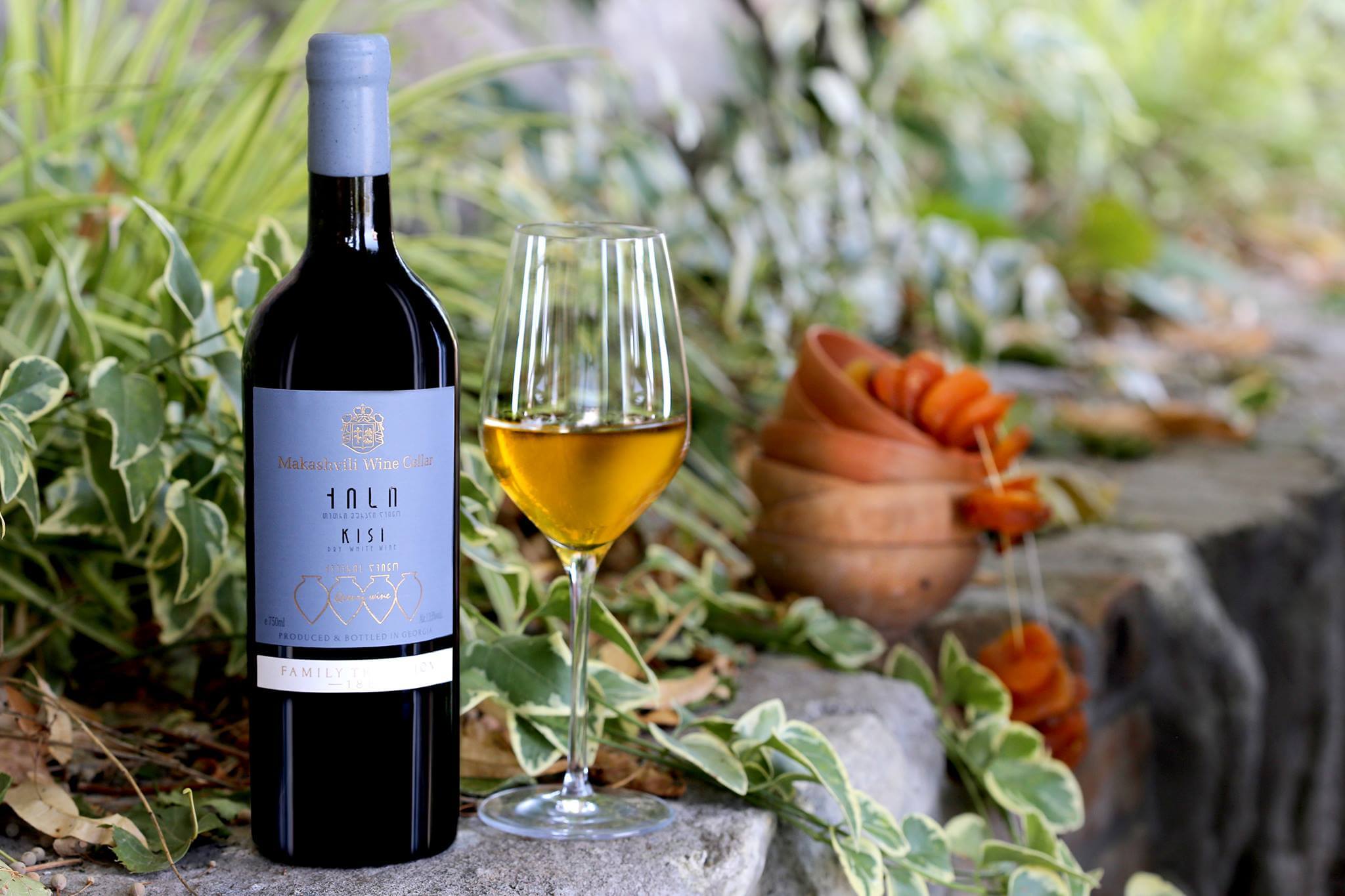
The company was founded in 1982. Three decades later, it underwent restructuring. It uses Italian equipment and modern tanks. A great advantage is a closed cycle. The process starts with the selection of grapes and ends with the production of wine that meets world standards.
Once, the Telavi factory was located here, producing famous Georgian wines. So there was a good example to follow.
During the collapse of the Soviet Union, many low-quality wines appeared on the market. It was necessary to maintain the image of the famous alcoholic beverages. This was successfully achieved.
The ancient method of making wine in special jugs is still used here. There are even qvevri that are over a hundred years old. Of course, only a small amount of elite wine can be stored in them.
The grapes used by Vaziani are grown in their vineyards and harvested by hand at a specific time of year. No wonder winemaking originated thousands of years ago in the territory of present-day Georgia. This activity had a significant impact on the development of the country’s culture.
An exhibition called “Georgia – the Cradle of Wine” was held in France. You can buy red and white, dry, semi-dry, and sweet wines of famous varieties – Tsinandali, Pirosmani, Alazani Valley, and many others. They also produce chacha here.
As an option, you can visit one of the tasting rooms. There you can taste different varieties and decide which one you like best. And be sure to take an extra bottle to store in a remote corner – waiting for its time. An anniversary, New Year, a romantic dinner – Georgian wine will adorn any table.
Chacha
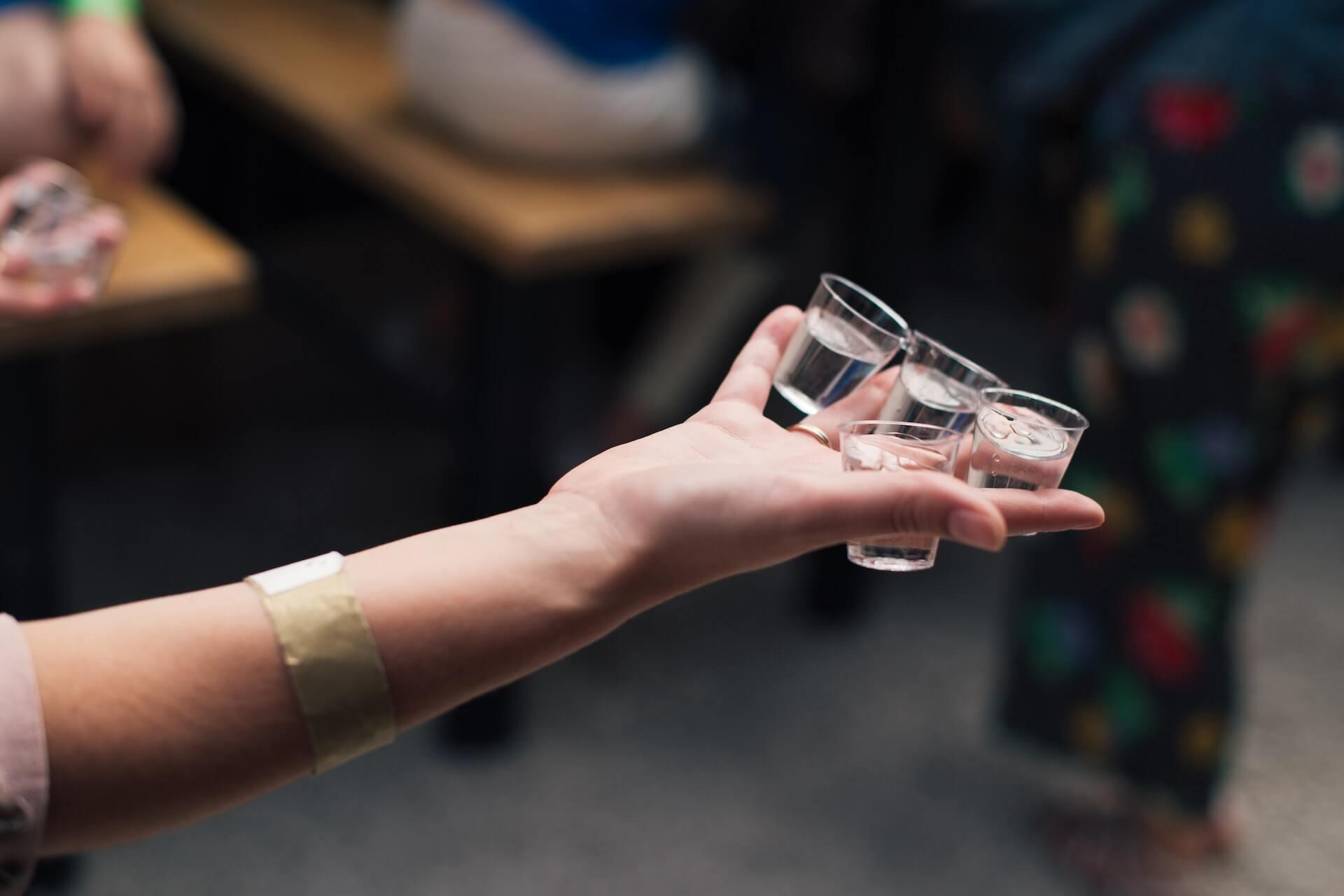
For many, Georgia is associated with wine. And this is no coincidence. The climate in the country is perfect for winemaking, so several hundred grape varieties are actively grown here. Tourists from all over the world come to taste real, quality wine and, of course, take a bottle or two home.
Also, connoisseurs of strong drinks should try local chacha. It is in no less demand and is often taken as a gift for men. But it is important to remember that chacha can be stronger than vodka (from 40 to 70 degrees).
It all depends on the grape variety and the production method. So, if you don’t like very strong alcohol, you should choose Georgian wine or beer.
High-proof fruit drinks are also often called chacha. However, in Georgia, chacha is made according to unique recipes passed down from generation to generation for hundreds of years. The taste of the drink is quite specific, so it is worth tasting Georgian grape vodka before buying it.
So, if you don’t know what to give a man, chacha is the best option. In Tbilisi markets, they sell real homemade chacha with a strength of about 60 degrees. If you are afraid to buy alcohol from street vendors, it is available in factory stores or supermarkets. There you will find a diluted version of chacha, which is less strong.
Cognac

Connoisseurs of strong drinks often mention Georgian cognac. It is unmistakable. It has a rich, smooth taste with a hint of vanilla. When choosing cognac, pay attention to its aging – the longer it is, the richer the taste.
Cognac can be found on store shelves and at the market, with the latter being homemade. If possible, try both versions to compare. Homemade cognac has “rough notes” and a tart taste. Chacha, according to tasters, is easier to drink.
Before buying, decide who the gift is for. If it’s for a boss or a friend, it’s better to choose store-bought cognac.
Georgians usually drink the beverage from special glasses called snifters. Meat dishes are often served as appetizers.
Georgian cognac differs from others in that it uses grape varieties that other winemakers reject due to taste inconsistencies. Whether to choose homemade or factory-made cognac is up to you. In any case, it will not leave connoisseurs of quality alcohol indifferent and will make a great addition to any festive table.
Zedazeni Beer
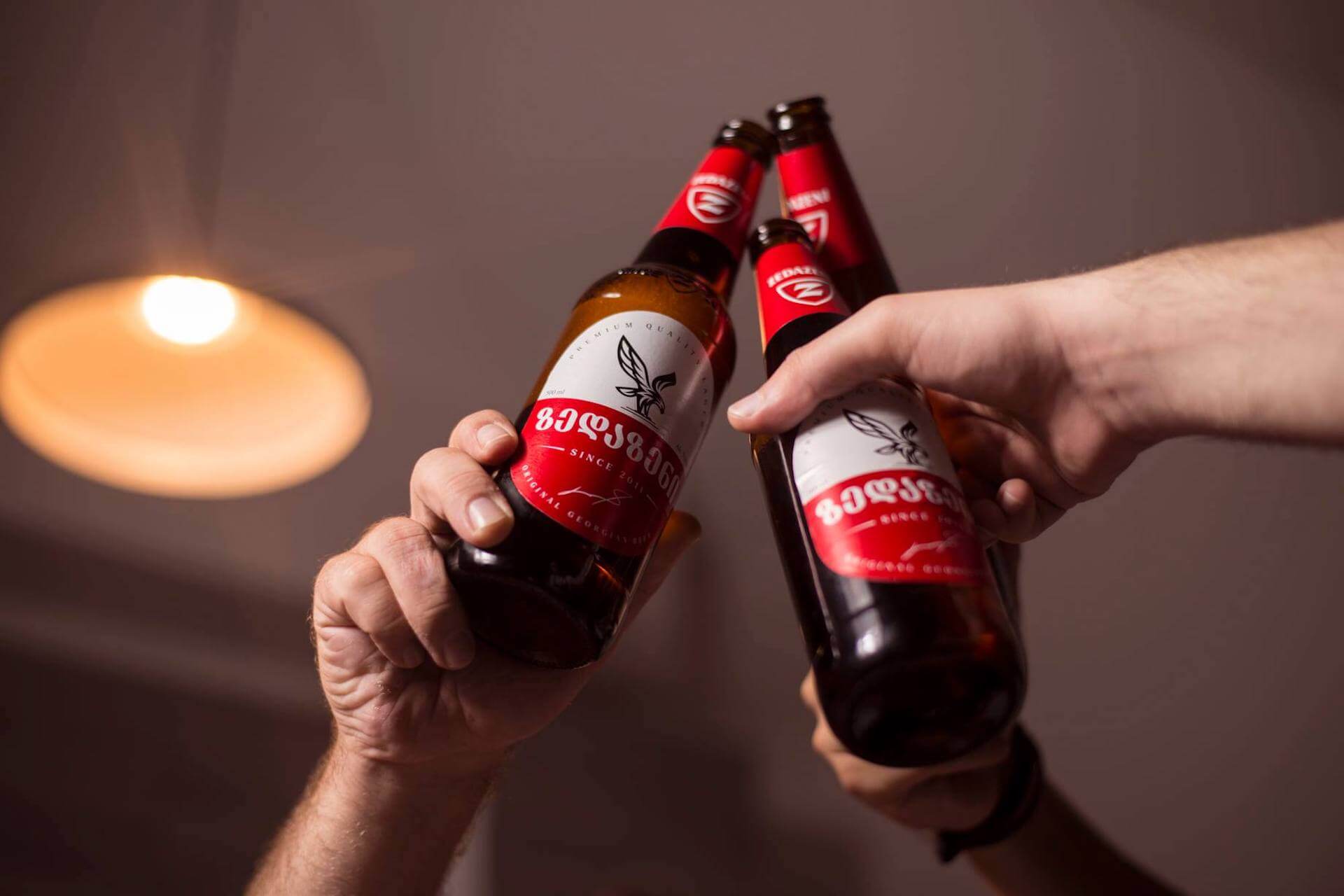
Georgia is known for winemaking. Anyone who has been here will tell you that. Grape drinks are served with exquisite appetizers. However, few know that Georgians are also fond of beer and have been brewing it for a long time.
Some regions have infertile lands and an unsuitable climate for growing grapes. But they have been planting and using grains for brewing beer for hundreds of years. Georgian beer is very tasty and of high quality. The drink has won multiple awards at festivals and competitions.
The “Zedazeni” brewery has already gained popularity among consumers, even though it started its work quite recently. The beverage is made using pure spring water, high-quality raw materials, and modern equipment. The company also produces lemonade.
Murano Glass Jewelry from Glass Art Studio

Lampwork is a technique for creating glass beads by heating them over a special gas burner. The beauty of this craft is that you get original, unique jewelry that no one else will have.
Glass Art Studio specializes in making glass items. The studio employs excellent craftsmen who are experts in their field and ready to share their experience with lampwork enthusiasts.
The organization mainly makes beads with fruit and berry themes. So, the famous riddle “a pear hangs, but you can’t eat it” fits the studio perfectly. The berries look very realistic and immediately whet the appetite.
Such jewelry will be a great reminder of a warm summer. Another big plus is that you can “grow” berries from fire at any time of the year. Masters assemble the finished beads into bracelets, necklaces, pendants, and also make earrings, brooches, and much more.
Glass Art Studio offers clients the opportunity not only to buy ready-made jewelry but also to make it to order. Jewelers will always consider customers’ wishes, help choose, and select an item to match your outfit or image.
Additionally, if you wish, you can visit the workshop and see firsthand how glass is turned into a full-fledged bead. You might even attend a master class and “grow” your berry. So, if you happen to visit Georgia and love creativity, be sure to drop by Glass Art Studio.
Minankari
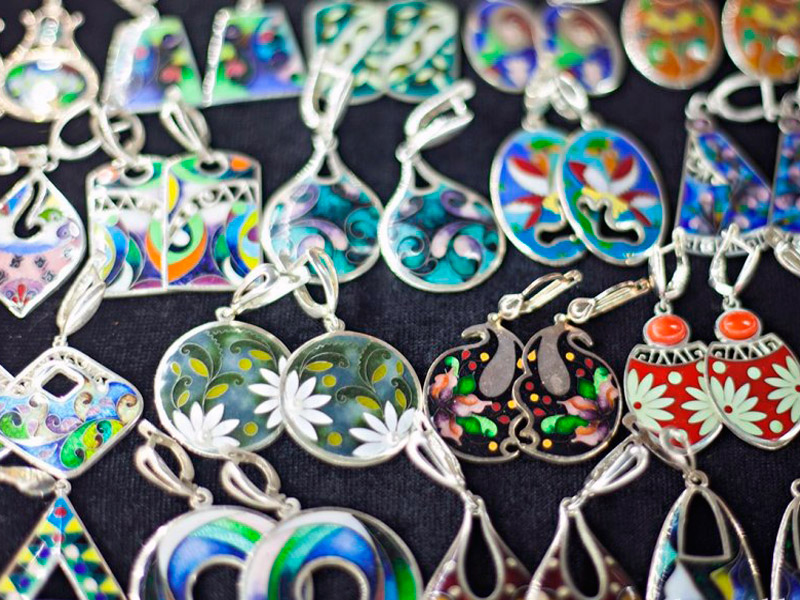
Lampwork items strike with their beauty and uniqueness. It seems like a whole underwater or cosmic world is enclosed in the glass. But this is not the only craft practiced in the country.
Equally beautiful are enamel items – minankari, which are traditional Georgian jewelry. Local jewelers do not reveal the secrets of making these items and create unique, one-of-a-kind pieces. Such a gift will surely not leave any woman indifferent.
Jewelry is sold in specialized stores as well as in small shops. The technology of making minankari dates back to ancient times.
Craftsmen used natural paint, as current masters do. To obtain the necessary pigment, natural stones are ground to a powder.
The most interesting part is that the master does not know what the item will look like in the end because the enamel changes color during the firing process.
Enamelers often use silver in their work because colored metal, such as copper, can significantly “stain” the enamel.
For example, white pigment on a copper base can turn yellow, and red can become brown. Silver is a noble metal most loved by enamel artists. Minankari can be purchased at the “Ornament” gallery in Tbilisi.
Women’s Shoes by Mach & Mach
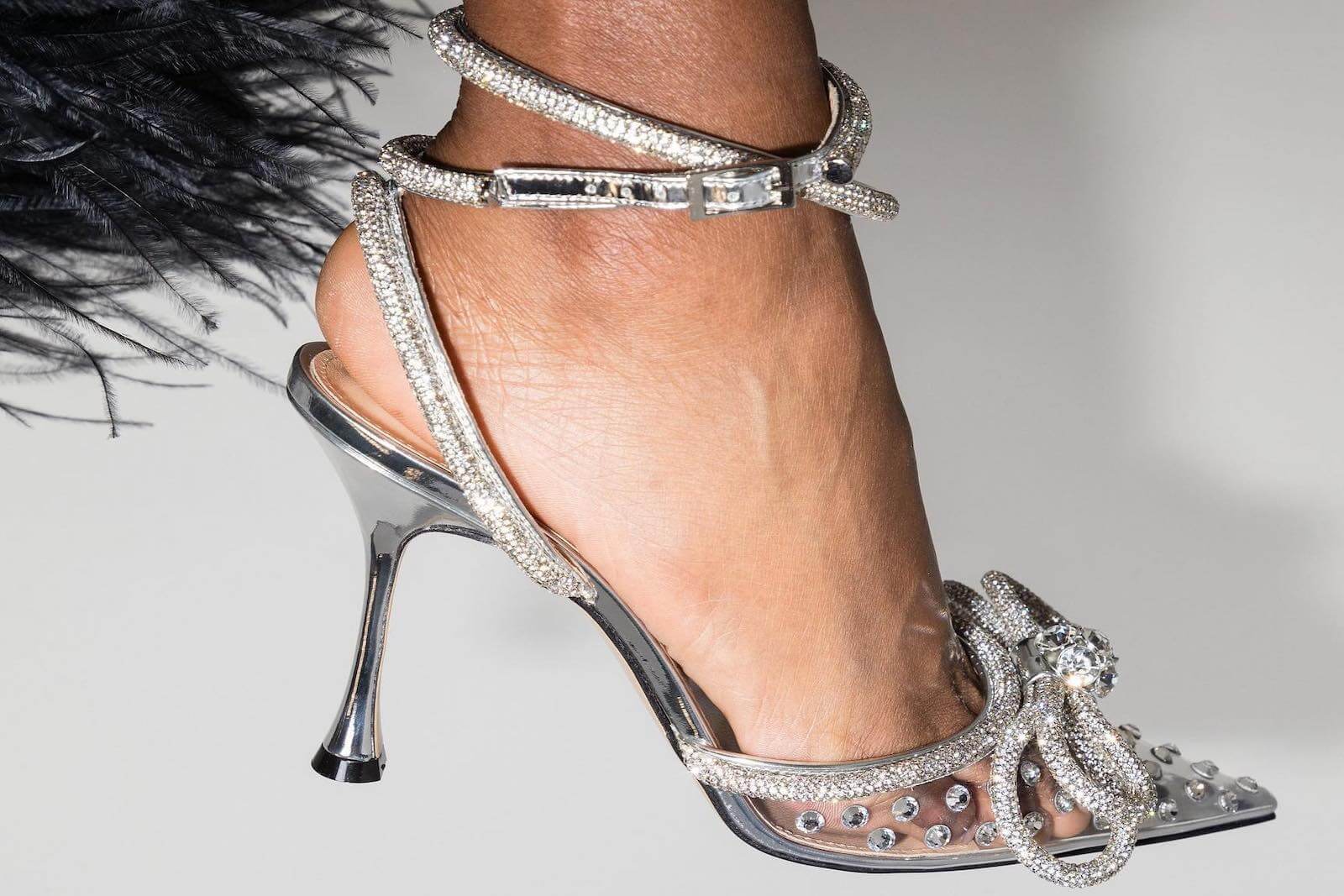
These shoes are often called “Cinderella shoes.” Indeed, sometimes you need a break from practical sneakers. And what if the soul craves a celebration? Light, elegant pumps adorned with rhinestones and bows are fit for a princess.
These extraordinary shoes immediately won the hearts of the most famous fashionistas. The Georgian brand began its triumphant march around the world.
The Macharashvili sisters created it. Their shoes lift the mood, making it seem like they can chase away melancholy. Put on these “magical” pumps and head out for an evening gown, which you will then need to “show off.” So, there will be no place left for sadness.
The most “decorative” option is satin pumps studded with crystals. Generally, the shoes come in different colors and can be worn with any outfit.
Ceramics
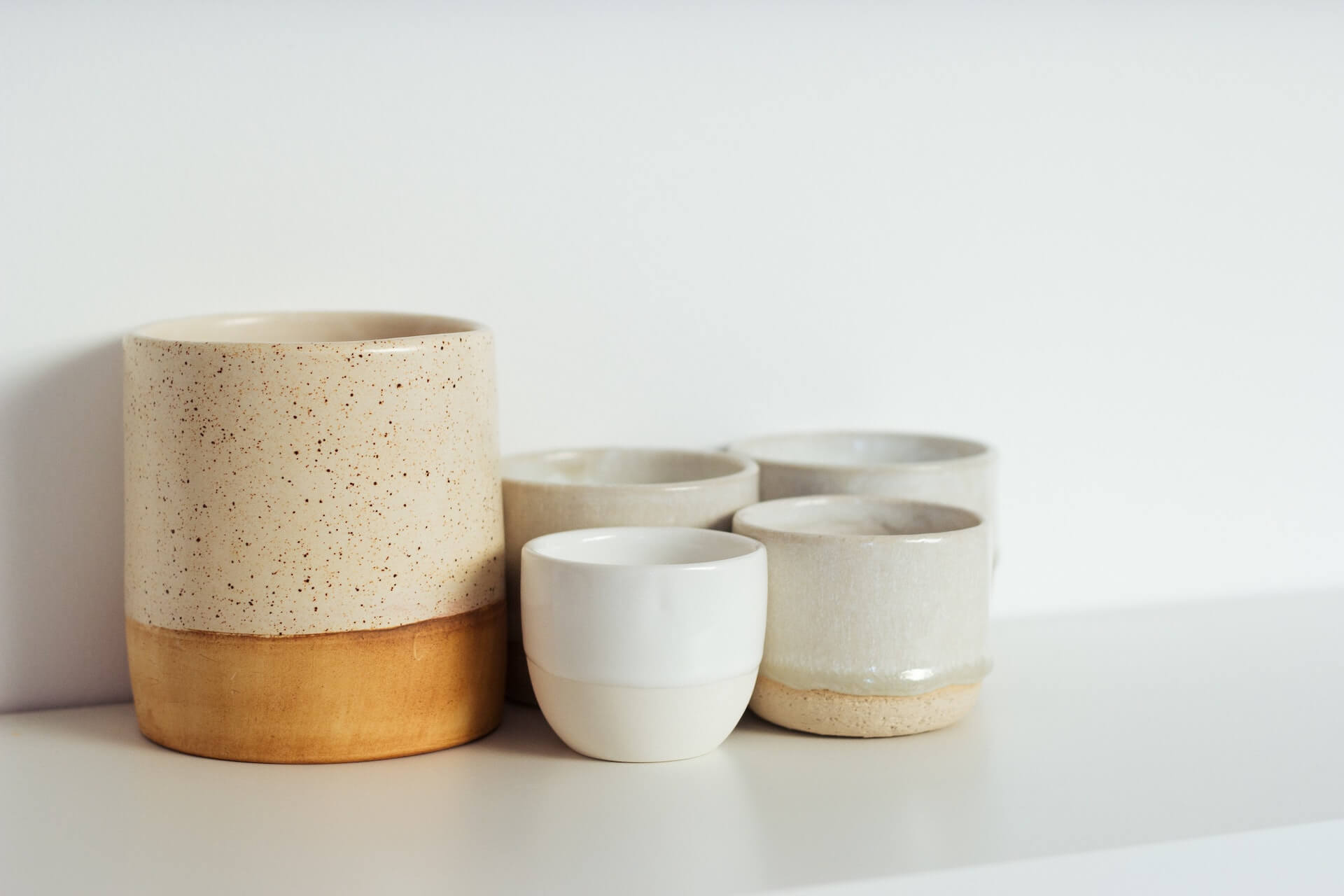
You can buy many ceramic souvenirs at the markets. They are inexpensive, impressive with bright colors, originality, and the impeccable taste of their creators. You will easily find souvenirs for all your relatives and friends here.
Still, first and foremost, pay attention to the dishes. They can serve you for a long time and allow you to cook extraordinarily delicious dishes. There is high demand for such items.
Moreover, ceramic dishes are so beautiful that they can become a home decoration, giving it a special color. The dishes are made according to ancient recipes. Not everyone in Russia has heard of kotani, but in Georgia, it is the most common pottery item. The size varies from small, for one person, to huge – for a whole company.
You can take a chanakhi – a flat pot. You can cook many dishes in it, from meat with vegetables to various types of cheese.
Ketsi is a special baking pan. It is often used for making khachapuri, but you can also cook any meat and fish dishes and bake vegetables in it.
Qvevri and churi are wine vessels, the first being larger, the second smaller. If you are into winemaking, it’s the perfect option; the wine will mature and age perfectly in them.
Just remember that hot ceramic dishes should not be washed with cold water – cracks will appear.
Kshkash Cosmetics
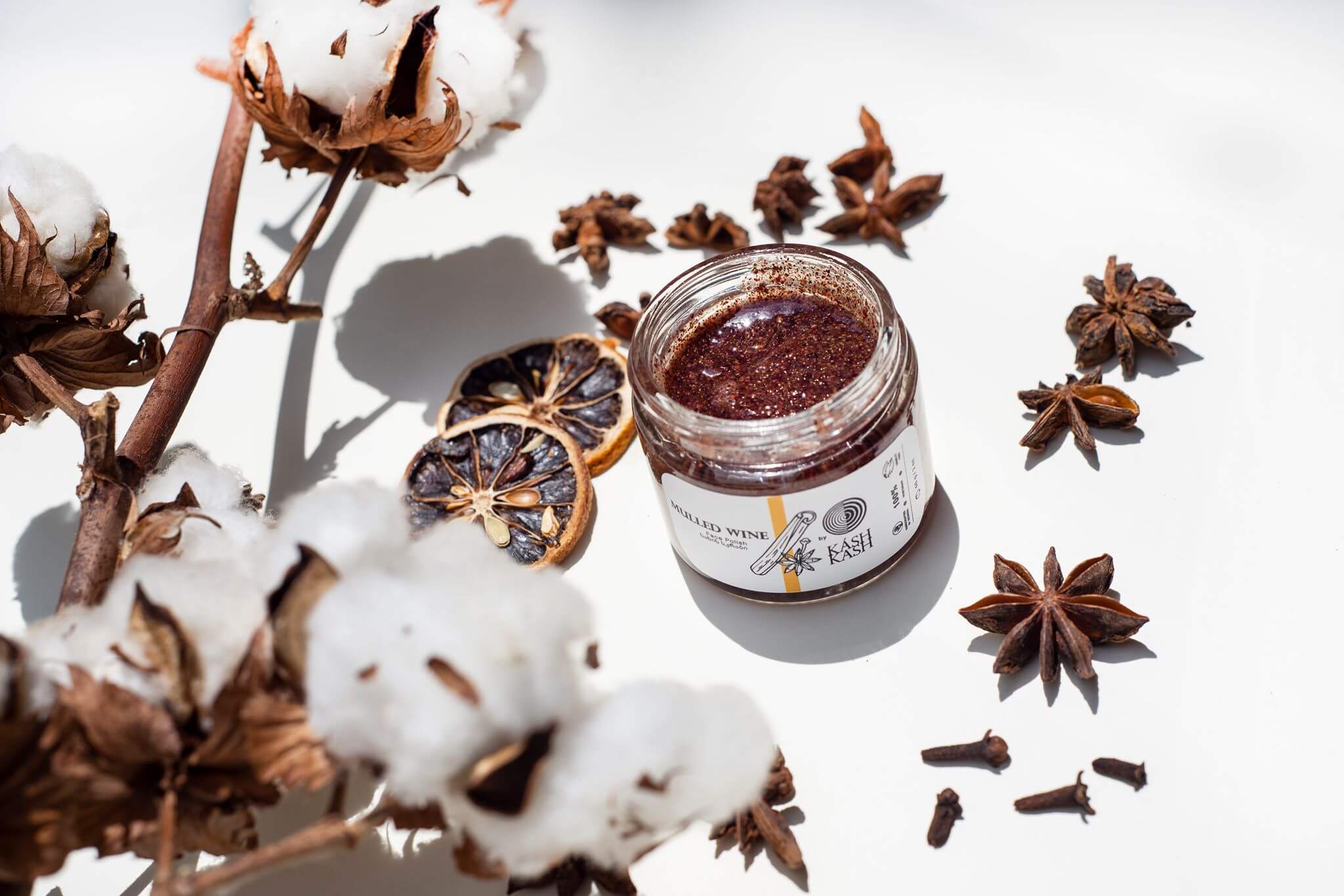
For women, you can bring products from a new cosmetics brand. Liya x Káshkash is beginning to conquer the international market.
The range will only expand in the future. After all, natural ingredients and ancient recipes are used in the production. Georgian women’s beauty is legendary for a reason.
First and foremost, pay attention to the lipsticks. You can choose the fail-safe red color, look at the crimson shade or the berry one, or prefer gloss, which gives lips a light pink pearl shine.
The base consists of plant substances that not only change the color of the lips but also care for them: moisturize and nourish. The product range will expand, and perhaps when you visit Georgia, the selection will be vast.
Wine Horn
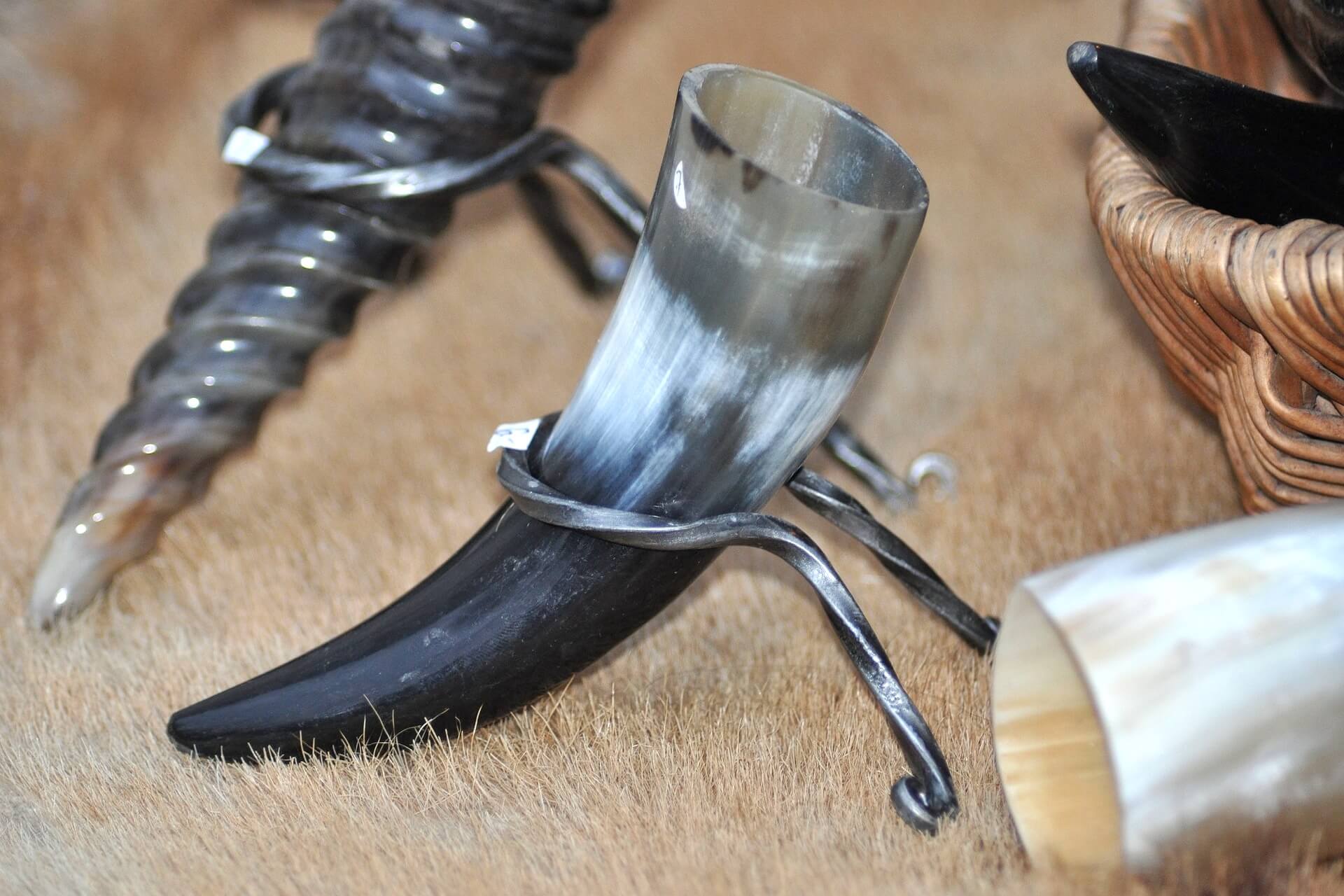
This type of “dishware” can rightfully be called the oldest. Scythians, Germans, and Celts drank from animal horns. Today, wine is rarely poured into a horn, mainly in the Caucasus. But why not try it? After all, hussars drank from women’s shoes.
If you prefer a glass or a shot glass for your favorite drinks, it’s still worth buying a horn. Decorated by local craftsmen, it can become a true work of art. It is best to buy it at the market or a specialized souvenir shop.
In the country, bull and cow horns are usually used. They are carefully cleaned and then rimmed with brass or nickel silver. And, of course, a chain is attached so the horn can be hung on the wall, and the rim is decorated with embossing. You will see such decorative horns in many Georgian homes.
According to legends, wine should be poured into the horn to the brim and drunk to the last drop. Only then will the family prosper. Guests may also be offered wine from such a vessel. And refusing is not an option – after all, the host sincerely wishes you all the best, which is why he offers it. Previously, a full horn was offered to a sixteen-year-old boy as a kind of “initiation into manhood.”
You can buy a regular wine horn or choose a more expensive and unusual option. There are wine vessels made of crystal, some with gold, silver, precious, and semi-precious stones. Of course, such expensive items should be purchased in specialized stores.
You will surely not return from your vacation empty-handed. This generous country will find a way to surprise and touch your heart. And you will want to take a piece of southern hospitality with you.
Tea and spices, fruits and nuts, jewelry and souvenirs – let them remind you of your trip and make you want to visit Georgia again. As they say in the Caucasus: “Come once – you are our guest, twice – our friend, thrice – a brother.” So the best option is to become brothers and sisters in this wonderful land.
Discover the Best Day Trips from Tbilisi: 18 Must-See Places

